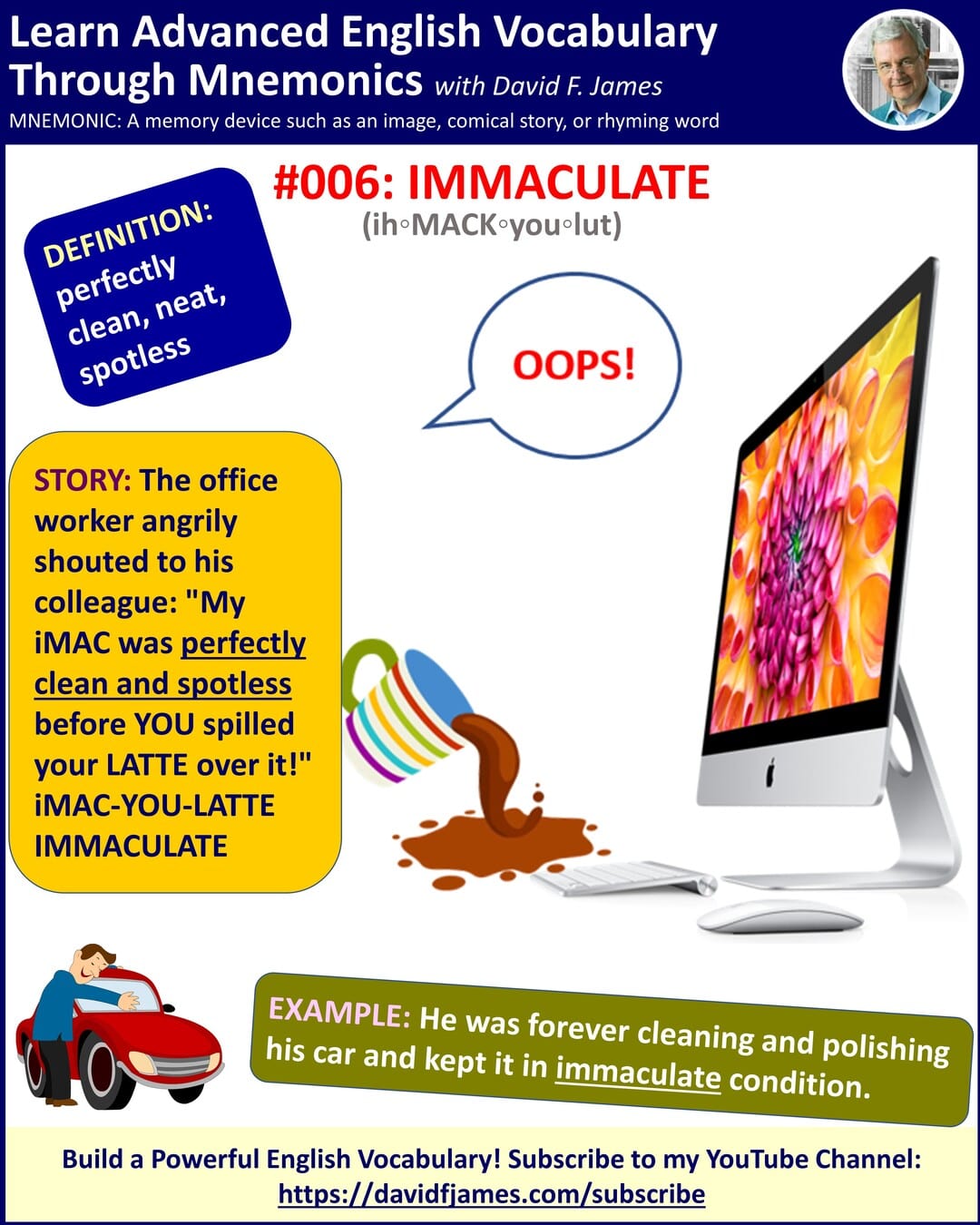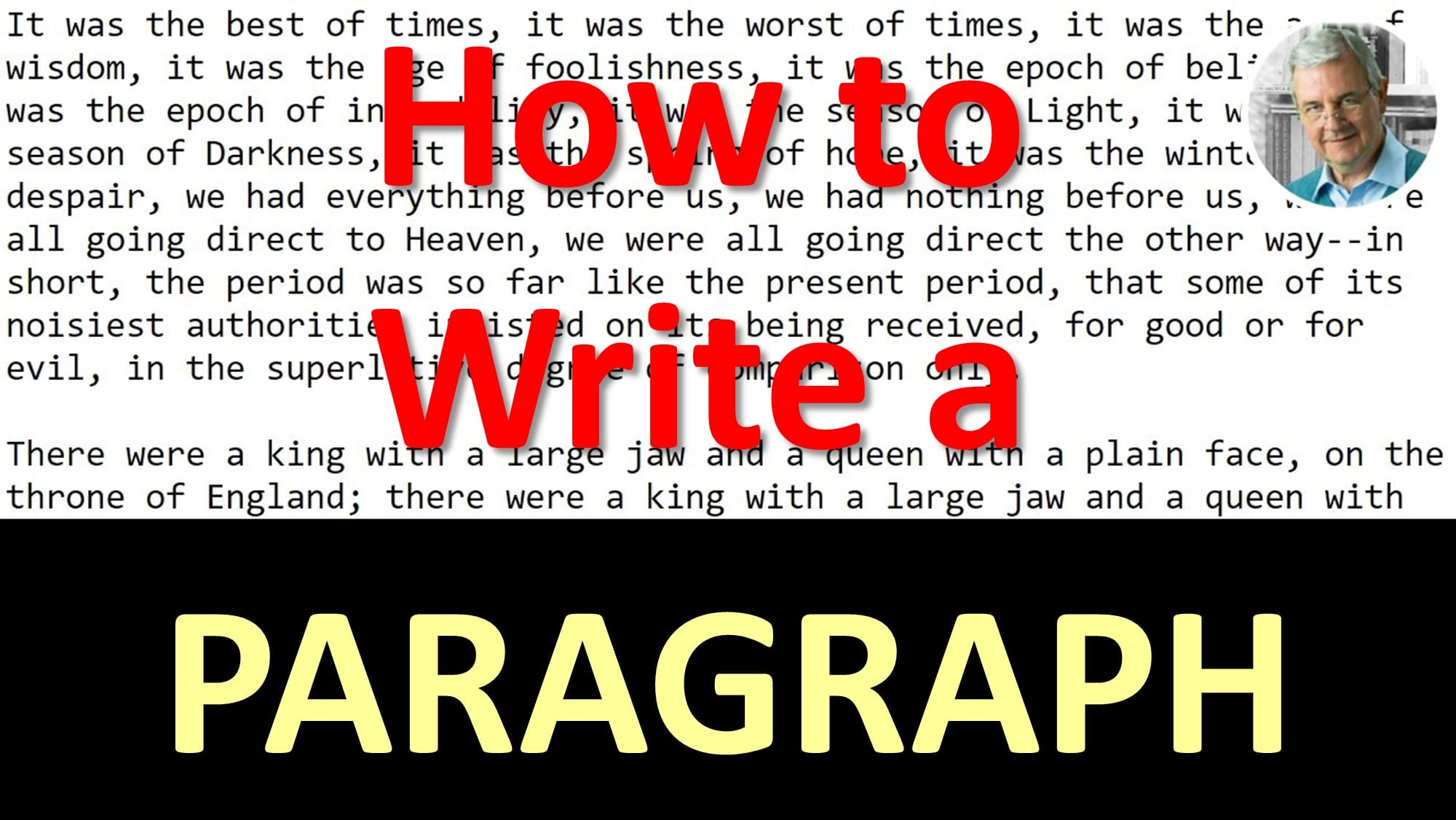How to Use BOLD ITALIC UNDERLINE
How to Use BOLD ITALIC UNDERLINE Effectively!
This video provides clear instructions on how to use BOLD, ITALIC and UNDERLINE when you want to emphasize certain words or sentences. At the same time, guidelines and cautions are given so you understand how to use them effectively.
Illustrated examples are provided along with clipart images to make the meaning clear.
Improve your writing and make your written communication professional by learning how to use a BOLD, ITALIC and UNDERLINE correctly.
After seeing the video, look for opportunities today to use a BOLD, ITALIC and UNDERLINE clearly in your writing.
Here is a transcript of the video: “How to Use BOLD ITALIC UNDERLINE Effectively!”
Slide 2:
Continually IMPROVE YOUR ENGLISH
Click the subscribe button NOW
Click the Bell Icon
Click ALL
Slide 3:
Generally,
- BOLD
- ITALIC
- UNDERLINE
are used to add emphasis to writing, to make something stand out as important.
However, there are some guidelines and restraints . . .
Slide 4:
Use BOLD to highlight text you want to:
emphasize and make stand out to capture the reader’s attention, or draw attention to something important
Slide 5:
The picture shows an electrical socket crammed with plugs.
Sentence example: It can be dangerous to overload an electrical socket.
Slide 6:
Use ITALIC . . .
- for text you want to emphasize and make stand out to capture the reader’s attention, or draw attention to something important
- to highlight titles or the names of books and other publications
- to indicate foreign words or technical terms
- to indicate a quote or dialogue
Note: BOLD gives stronger emphasis than ITALIC. If you want to make ITALIC stronger, use BOLD ITALIC.
Slide 7:
In the picture we see the abbreviation e.g.
Sentence example: The abbreviation e.g. is from the Latin phrase exempli gratia, which means “for example”.
Notice how the italicized phrase exempli gratia stands out from the main text.
Slide 8:
You can use UNDERLINE to highlight text you want to:
emphasize and make stand out to capture the reader’s attention, or draw attention to something important
However, be aware that . . .
Underlined text is often associated with a link to a web site or to another part of a hyperlinked document.
Think of your audience. Will an underline cause confusion? Then choose either bold or italic as your method of emphasis.
Slide 9:
The picture shows a note stuck on a fridge door.
Sentence example: She left a note for her husband on the fridge door which read . . .
Your dinner is in the fridge. Heat it in the microwave for at least 4 minutes!
Slide 10:
A final word of caution:
It is easy to overuse bold, italic and underline. If too many words, phrases or sentences are highlighted in bold, italic, or underline, then nothing will stand out.
Additionally, you run the risk of annoying your reader, as text that is filled with emphasized words can be difficult to read or just plain distracting, as in this paragraph.
So be judicious in their use. When you do use bold, italic, or underline, the reader will understand that this word or phrase truly is important!
Slide 11:
Generally,
- BOLD
- ITALIC
- UNDERLINE
are used to add emphasis to writing, to make something stand out as important.
However, be aware of the guidelines and restraints.
Slide 12:
Has this video helped you? LIKE | SHARE | COMMENT NOW!
Slide 13:
Build A Powerful English Vocabulary with my FREE course on Udemy!
Go to: http://goodenglish.online
As you were interested in how to use BOLD ITALIC UNDERLINE, be sure to check two other punctuation marks here:
How to Use ELLIPSIS
When to Use a FULL STOP or PERIOD
Image Credits:
Slides 1,4 – electrical socket
Creative Commons
https://flic.kr/p/duWtgw
Regarding the use of illustrations and photographs used in this video:
Creative Commons Attribution Licence
Others are allowed to copy, distribute, display, and perform copyrighted work – and derivative works based upon it if they give credit to the creator or source.
https://creativecommons.org/licenses/by/4.0/legalcode




